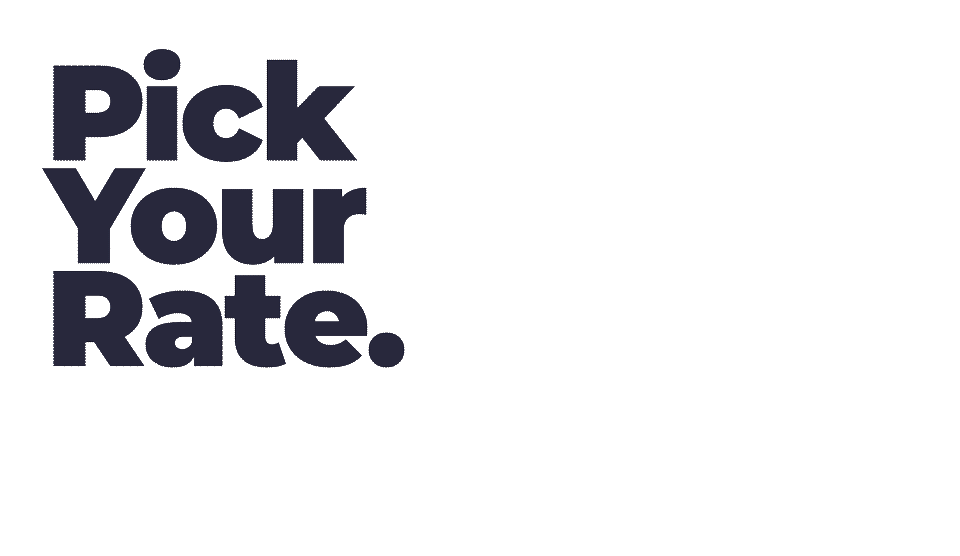
In this article
Key Takeaways:
- A USDA loan is a government-backed loan that provides 100% financing for eligible buyers and properties.
- Properties must lie within certain geographical areas, and your finances must fall within certain parameters.
- 100% financing means no down payment.
- The USDA program is designed to help individuals and families with low to moderate incomes purchase a home.
- The program’s household income limits are based on the median income in the county where you plan to purchase and the number of dependents in your household.
A cozy bungalow where I can unwind after work.
A property with a big yard for the kids, with trees to climb and space to run.
A ranch with an extra bedroom where we can enjoy retirement and host family gatherings.
Whatever your dream home looks like, home ownership sometimes feels like just a dream—a dream that’s out of reach. Who has money to spare—enough to save thousands of dollars for a down payment?
But you don’t have to be wealthy to buy a home. Different types of loans can make your dream a reality. One unique loan option allows qualified buyers to purchase a home even if they haven’t saved a single penny for a down payment: A USDA loan is a government-backed loan that provides 100% financing for eligible buyers and properties. These properties must lie within certain geographical areas, and your finances must fall within certain parameters. But if you qualify, the best news is this: 100% financing means no down payment.
Yes, you read that right: no down payment. That’s a game-changer for many would-be buyers who thought home ownership was out of reach. Whether you are a first time homebuyer or an experienced buyer looking to purchase a home, it pays to find out if you qualify.

What Does 100% Financing Mean?
Most Americans have significantly tightened their financial belts over the past few years. With inflation driving the price of groceries and goods higher than ever, few of us have money to spare, much less save. For many aspiring homeowners who are pinching pennies just to pay the bills and feed their families, saving enough money for a down payment feels downright impossible. Here’s where a loan through the USDA could be life-changing.
Most traditional loans require borrowers to put down a certain percentage of their home’s cost as a down payment. An FHA loan requires a 3.5% down payment, and other conventional loans typically require 3-5%. But if you qualify for a USDA loan, and the property you want to purchase is located within an eligible region, this loan will finance 100% of the cost of your new home. No down payment required. (If you want to take a moment to throw some celebratory confetti on your screen, be our guest.) Because these loans are government-backed, they have different structures and income qualifications than loans offered by traditional lenders. That’s great news for borrowers who qualify for rural home loans.
Who Qualifies for a USDA Loan?
Eligibility for a rural home loan depends on two things: income qualifications and the property’s location. Let’s examine both requirements to help determine whether you might qualify.
Income qualifications
It is generally more difficult to qualify for a loan through the USDA because of the limits on household income. Here are a few things you need to know about income requirements:
- The USDA program is designed to help lower income individuals and families purchase a home.
- The program’s household income limits are based on the median income in the county where you plan to purchase and the number of dependents in your household.
- Middle-income buyers (those whose household income ranges between $60K and $80K) can still qualify, but too much income may disqualify you.
- When you visit the USDA Income and Property Eligibility Site and enter your information, a calculator can help assess whether or not you may qualify.
Eligible areas
The USDA loan program is designed to help buyers with low to moderate income purchase homes in more rural areas. The maps are forgiving, and you may be surprised to learn which areas qualify. A common misconception about this program is that a “rural” property must be in a remote area–that’s not always the case. Sometimes suburban or rural areas just outside major US cities are eligible for the program. You can find out whether or not a property qualifies by consulting the USDA map.
Additional Qualifications
Household income and property location are not the only considerations at play when you apply for a rural home loan loan. Here are a few additional qualifications that will be considered as part of your application:
- How is your credit? While a specific minimum credit score is not required, it helps if you have a credit score of 640 or higher.
- What’s your citizenship status? In order to qualify, you’ll need to be a U.S. citizen, U.S. non-citizen national, or qualified alien.
- What’s your debt-to-income ratio? Aim to keep your debt-to-income ratio within an acceptable range. That range is usually between 41 and 45%, though there are exceptions.
Additional Advantages
A USDA loan offers several benefits that make it an attractive option. Here are a few advantages:
- Accessible home ownership: These loans make home ownership possible for individuals and families with low to moderate income, who might not otherwise qualify.
- Zero down payment: The government guarantees 100% of your loan, which means you aren’t required to put down a down payment.
- Lengthy loan terms: Most USDA loans are for 30 years. A long repayment period keeps monthly payments lower.
- Lower PMI: When a buyer does not have a down payment of at least 20%, they are required to pay PMI (Private Mortgage Insurance), to ensure they do not default on the loan. With a rural home loan, you still pay PMI, but the premiums are much lower than the average, which adds up to significant savings over time.
Why Now Is the Best Time to Buy in Eligible Areas
If you’ve been weighing your options and dreaming about your future home, now is the time to do your homework and consider moving forward with a home purchase. The USDA updates its rural area maps every 5-7 years, which means that some developed areas currently—but temporarily—still qualify as rural. If you’re interested in purchasing a home in an area that currently qualifies, don’t wait. The next time the USDA maps are updated, your desired area may be redesignated and may no longer qualify for the loan.
Falling interest rates are another reason to buy now. The National Association of Home Builders has predicted that 2024 rates will average 6.64%, and that 2025 rates will continue to fall, with a predicted average of 5.86%. They forecast additional reductions in 2026, with rates as low as 5.49%. Other institutions forecast similar trends, which is great news for buyers. After the chaotic ups and downs of mortgage rates in 2023 (at one point mortgage rates soared to a 20-year high), the current rates and anticipated trends are much friendlier for hopeful buyers.
How to Find USDA-Qualifying Properties in Georgia
If you’re looking to buy a home in Georgia, and you hope to apply for a USDA loan, you have many options. Geographically speaking, about 10% of the state is ineligible for rural loans. That leaves 90% of the state potentially eligible. When you expand your housing search beyond city limits, you may be surprised to find some USDA-eligible properties not far outside larger metro areas like Atlanta, Savannah, Augusta, and Macon. To search for qualifying properties in Georgia, use the USDA map tool to determine eligibility.
If you’re eager to find a home, and you’re ready to embrace a rural or suburban lifestyle outside the hustle and bustle of big city limits, a USDA loan may be a life-changing option for you.
The expert team at Moreira loves making dreams come true by helping clients buy their dream homes. We’d love to help you explore your loan options and discover if you qualify for 100% financing through the USDA. Use our mortgage calculator to help you start planning your new life today.




